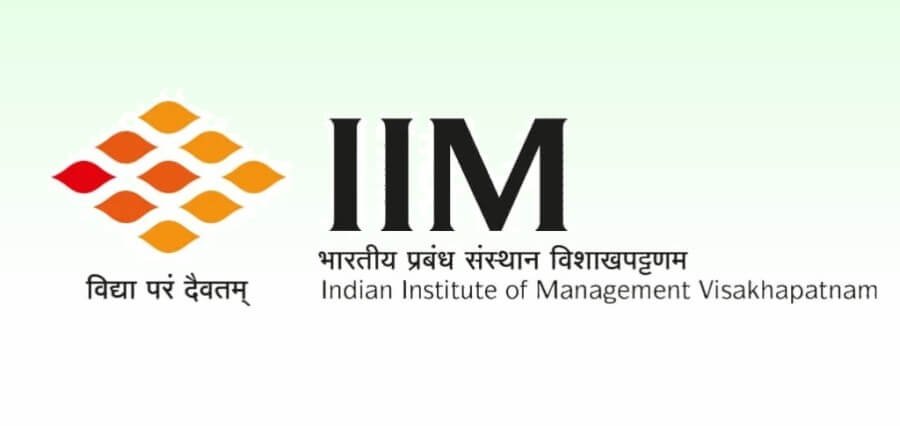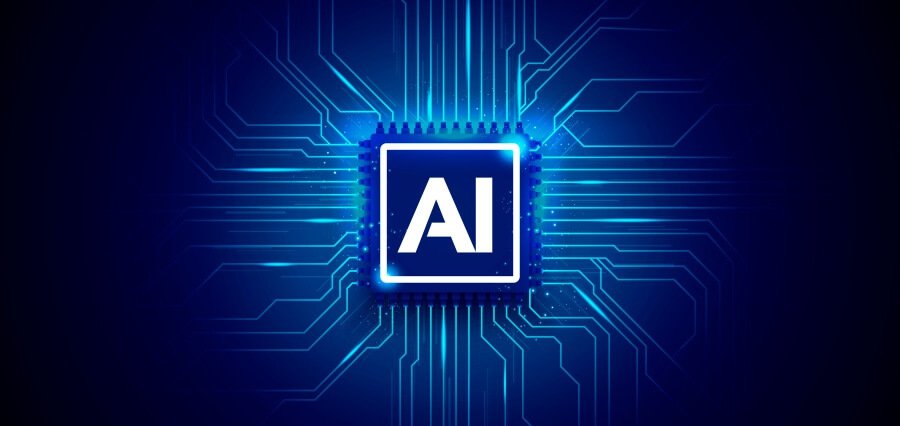India has effectively conducted a test of the Agni-V missile incorporating Multiple Independently targetable Re-entry Vehicle (MIRV) technology, positioning itself among a select few nations possessing this capability. Besides delivering significant damage to adversaries, these missiles have the ability to evade most defense systems.
Today, Prime Minister Narendra Modi extended congratulations to the scientists of the Defence Research and Development Organisation for the successful first flight test of the indigenously developed Agni-5 missile, which has the capability of deploying multiple warheads.
With the first flight test of Mission Divyastra, India has entered the exclusive league of nations equipped with Multiple Independently Targetable Re-entry Vehicle (MIRV) technology. Prime Minister Narendra Modi today commended the scientists of the Defence Research and Development Organisation for successfully conducting the inaugural flight test of the indigenous Agni-5 missile, which has the capability of deploying multiple warheads.
“Proud of our DRDO scientists for Mission Divyastra, the first flight test of indigenously developed Agni-5 missile with Multiple Independently Targetable Re-entry Vehicle (MIRV) technology,” PM Modi posted on ‘X’.
According to sources speaking to the sources, the project director and several women have made significant contributions to the project. The weapon system incorporates indigenous avionics systems and high-precision sensor packages, ensuring that the re-entry vehicles reached their target points with the desired accuracy.
Multiple Independently-targetable Reentry Vehicles (MIRVs) enable a missile to deploy multiple nuclear warheads to various targets, unlike traditional missiles carrying only one warhead. These warheads can be released at different velocities and trajectories. Some MIRVed missiles have the capability to strike targets spaced as far as 1,500 kilometers apart.
Originally developed in the early 1960s, MIRV technology necessitates the integration of large missiles, small warheads, precise guidance systems, and a sophisticated mechanism for sequentially releasing warheads during flight.
Land-based MIRVed missiles are considered destabilizing because they present much larger targets than traditional missiles, allowing attackers to neutralize multiple warheads simultaneously.
The United States pioneered this technology, deploying a MIRVed Intercontinental Ballistic Missile (ICBM) in 1970 and a MIRVed Submarine-Launched Ballistic Missile (SLBM) in 1971. The Soviet Union subsequently followed suit, developing their own MIRV-enabled ICBM and SLBM technology by the late 1970s.





